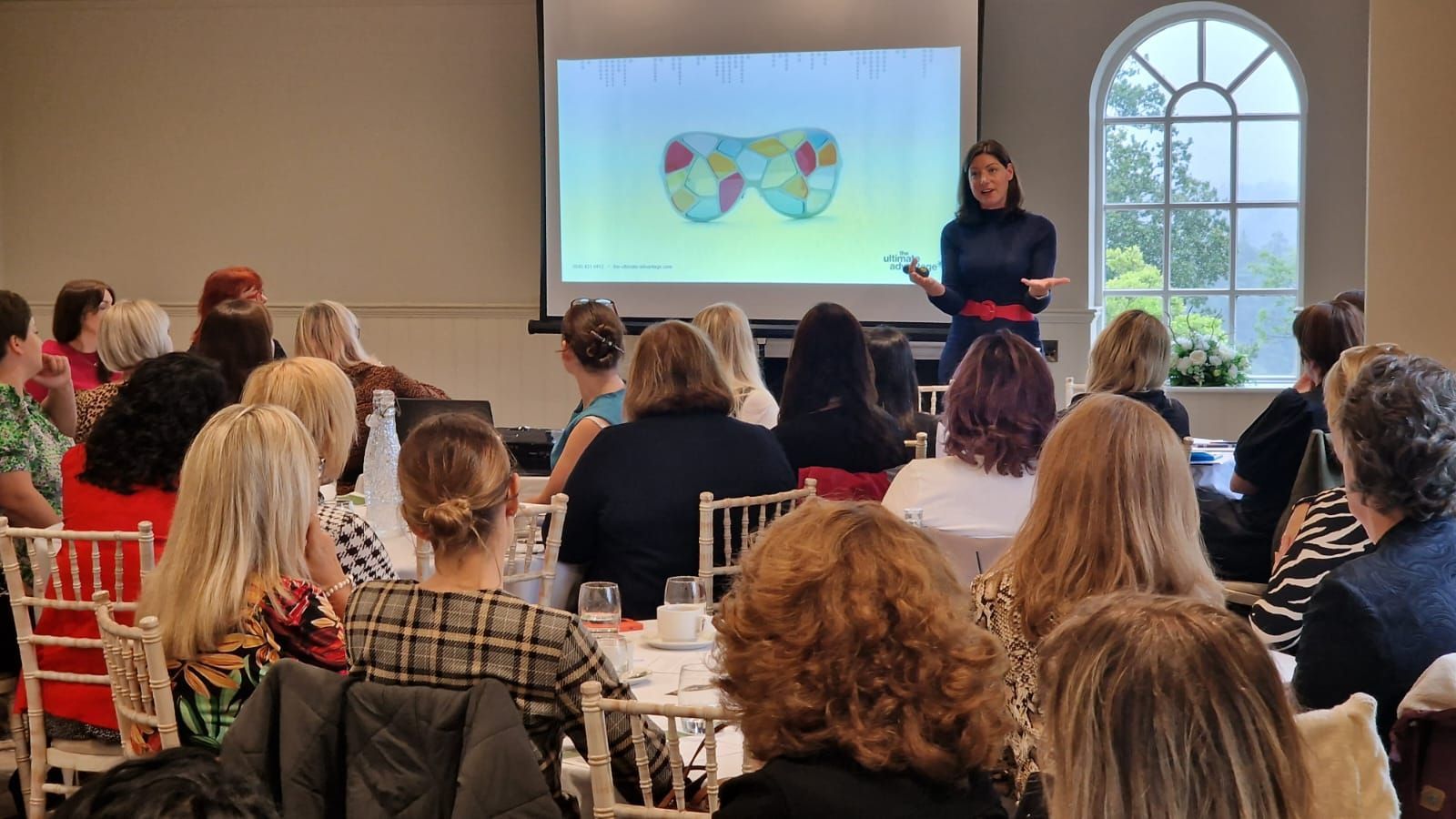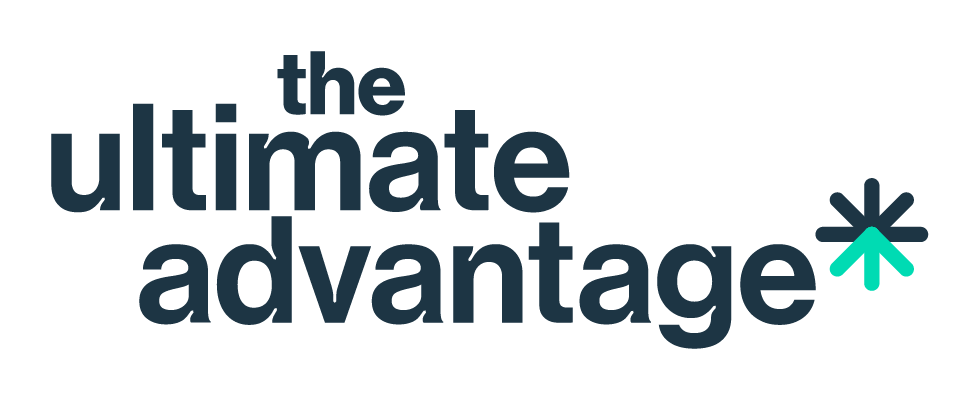
It’s never been tougher to be a woman in business in the UK.

The Alison Rose Review of Female Entrepreneurship Progress Report 2023 reveals half of female business leaders found it difficult to secure funding in the year 2021/2022, and 44% expected it to become even more difficult - highlighting the challenges they continue to face in comparison to their male counterparts.
And for those that could, and are now able to have it all, all too often they’re also expected to do it all, too. And so burnout is (understandably) increasing.
So, with women busier than ever before, it’s important that they learn how to effectively manage this juggle, and strive to live - and love - their best life. As an incredibly busy woman herself - running two businesses, sitting on several Boards, and a working mum of two primary school aged children - Fliss believes she has the secret to having it all, without burning out.
Asked to explore these insights at the Shropshire Chamber’s Network of Women event a few months ago, to a room full of female peers seeking to find the perfect balance and ditch the guilt, she’s keen to share these lightbulb moments far and wide:
“I’ve spent many years investing in, learning, and mastering coaching, empowerment, and the psychology of language. And, I’ve brought a conscious awareness to my personal voice and inner cheerleader, all of which has allowed me to set (and maintain) strict boundaries, show myself compassion and never minimise my success. Mindful of the language I use, I avoid words such as ‘just’ and give more power to words like ‘no’. After all, it is a full sentence.
Often, women in business will outsource tasks that are outside of their remit or pay grade - yet for some, adopting this approach to their personal lives and engaging the services of a cleaner, gardener, or someone to take on the ironing, still carries some guilt. But why? These are tasks women took care of when they weren’t busy building business empires, so it stands to reason they may now need to make way for other roles. I accept that I can’t do it all so I delegate these tasks to enable me to focus my time more effectively.
And then there’s self-care - a topic that’s very close to my own heart and something I’m a huge advocate for. It is so important for women as leaders, mothers, or whatever roles they take on, to keep their resilience topped up - whether that looks like a bath and an early night, or taking up an adventurous new hobby.”
We’ve all heard the old adage that you can’t pour from an empty cup. In many ways, what Fliss actually gave the women at this event was permission to stop trying - along with her seven insightful secrets to having it all, without burning out:
- Your truth is not the truth
- Challenge beliefs
- Energy comes in cycles
- ‘Busy’ is not a badge of honour
- You can have it all. Just not all at the same time
- Check your language
- Stand in your power
If you loved this then give it a share!


Download our guide to learn the five secrets to compelling communications.



